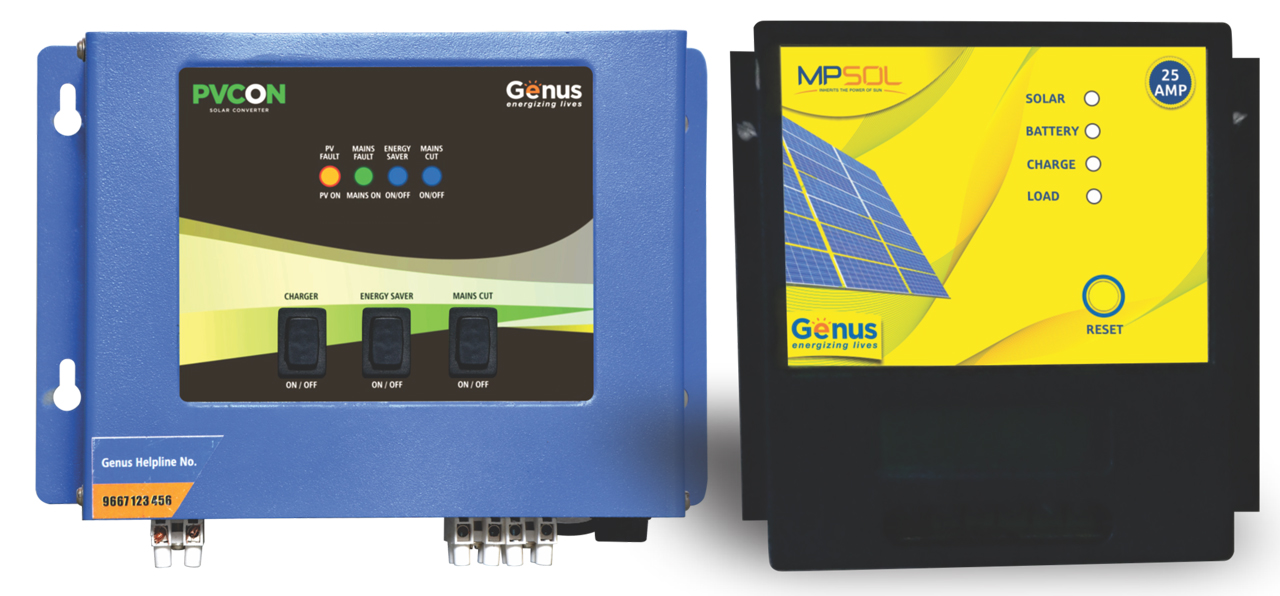
When do you require a solar charge controller? As the name suggests, a solar charge controller modulates the current amperage (thus, the voltage too) moving towards the batteries from the solar panels. It is a regulator that prevents the batteries from overcharging. Overcharging can cause heating and explosion, posing a safety risk. Heating also reduces the efficiency of the system. Moreover, when the batteries are discharging to provide power to your household, the controller regulates the rate of discharge to match the requirement. Hence, a solar charge controller is an important part of the installation.
Do you need a solar charge controller or not?
Now, if you are wondering whether you need a solar charge controller or not, here is what you should know. Every solar panel instalment needs a solar charge controller. However, the overall system determines whether you need a solar inverter with an inbuilt charge controller or an additional charge controller.
Types of solar charge controllers:
Pulse Width Modulation (PWM)
This Pulse Width Modulation type is cheaper, and hence, commonly used for off-grid solar solutions in households and commercial applications. A 12V solar panel can charge a 12V battery. Two 12V panels wired in series, or a single 24V panel, is needed for a 24V battery bank, and so on.
PWM requires you to match the voltage of the panel array to that of the battery bank. Otherwise, there will be a loss of charging power. And the greater the mismatch, the greater will be the loss of power. So, PWM is cheaper but comes with less flexibility and efficiency.
Advantages: PWM controllers are time-tested as they have been around for long. Cheaper too.
Disadvantages: They do not provide you with much flexibility for system growth. Moreover, the voltage of the battery bank must be matched to the nominal voltage of the solar array.
The more recent technology that is increasing being adopted for charge controllers is:
Maximum Power Point Tracking (MPPT)
MPPT controllers are more expensive, but give greater flexibility in terms of number of panels. The voltage from the PV module will drop down, with a corresponding increase in the current amperage, to match the battery bank. An increase in amperage will lead to faster recharge. These solar charge controllers will automatically adjust as per the P = V x A equation. As a result, you will get more power to charge the battery and there will be no loss, unlike the PWM.
The benefits of MPPT are as follows:
- The MPPT controller allows a panel array to be of higher voltage than the battery bank. This is relevant for areas with low irradiation or during winter with fewer hours of sunlight.
- They provide an increase in charging efficiency up to 30% compared to PWM
- Greater flexibility for system growth. This is relevant for commercial establishments
- They typically come with higher warranty periods than the PWM type
Now that you understand the difference between MPPT and PWM controllers, visit Genus for reliable turnkey solutions for your domestic or commercial applications.
